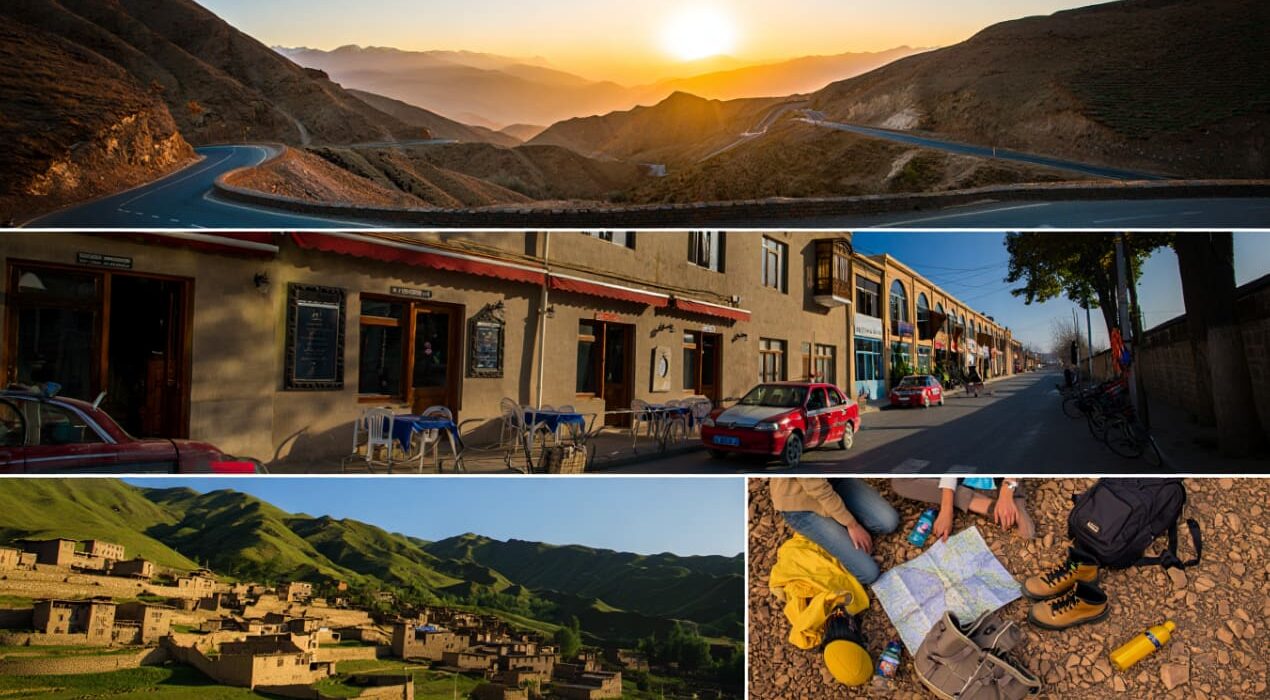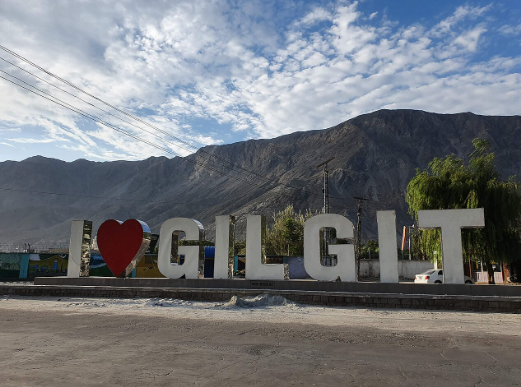Over the past five years, Tajikistan’s tourism sector has grown. However, many obstacles still slow its full potential.
Digital Advances Improve Access
Tourists now enjoy e-visas and online services. The availability of eSIMs makes connectivity easier. As a result, entering the country has become more convenient.
Cities like Dushanbe have seen new hotels and restaurants. Taxi services expanded in major cities. Roads, such as parts of the M41 highway, underwent reconstruction for smoother travel.
Growth But Uneven Service
Urban centers offer better hotels and cafes now. In contrast, rural areas still lack consistent service. Therefore, tourists often find quality drops outside the main cities.
Digital tools like Google Maps help in big towns. Rural coverage remains weak. Public awareness of e-visa systems is low outside urban areas.
Financial infrastructure also shows mixed progress. Many ATMs now accept foreign cards but foreign currency access remains difficult. Flights increased under an “Open Skies” policy. Yet high airfare still limits many potential visitors.
Lasting Challenges
Internet speed lags behind regional peers. Tajikistan ranked 117th globally in fixed internet speed. Rural mobile data remains unreliable.
Environmental issues affect visitor impressions. Trash appears even in Dushanbe. Seasonal routes like the Pamir Highway become inaccessible during winter.
Structural concerns also persist. The landlocked geography limits direct access. Tajikistan lacks grand architectural heritage like nearby Uzbekistan. Urban development sometimes harms historic charm, especially in the capital.
Path to Unlocking Potential
The Tourism Development Strategy to 2030 acknowledges tourism underperformance. It urges better infrastructure. It also calls for private sector investment.
Collaboration among tour operators, hoteliers, and the government must improve. Marketing abroad could help Tajikistan’s image. In addition, improving local service quality would enhance visitor satisfaction.
Tourism could offer many jobs. Young people may benefit most. With sustained effort, the sector can deliver both economic and social gains.






